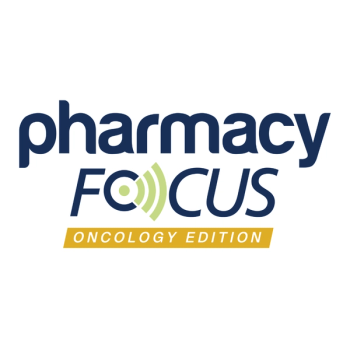
How Pharmacists Can Better Assist Deaf Patients
Pharmacists don't have to learn American Sign Language to effectively communicate with deaf and hard-of-hearing patients, but they do need to improve their knowledge, attitudes, and comfort levels.
Pharmacists don’t have to learn American Sign Language (ASL) to effectively communicate with deaf and hard-of-hearing (HOH) patients, but they do need to improve their knowledge, attitudes, and comfort levels to ensure safe medication use in this underserved population.
“For the (1 million) Americans who are functionally deaf, language barriers could lead to challenges in communicating with providers, low medication adherence, and poor health outcomes,” researchers from the Southern Illinois University Edwardsville School of Pharmacy wrote in a study published in the Journal of the American Pharmacists Association. “…Communication with pharmacists presents unique challenges for Deaf/HOH patients, and has immense implications for increasing medication adherence and reducing medication errors in this population.”
The researchers conducted 4 focus group sessions with deaf and HOH patients aged 18 years or older who were taking at least 2 long-term prescription medications and used ASL as their main form of communication. Through these focus groups, which were translated into ASL, the investigators aimed to identify communication barriers and needs for deaf and HOH patients when they seek pharmaceutical care, and the impact of communication quality on medication adherence and errors.
Seven participants had made no attempt to communicate with a pharmacist about their health in the previous 6 months, and 6 participants made only 1 attempt each. Few participants had attempted to communicate with a pharmacist more than once.
Communication barriers described by the participants included:
- Not understanding the different roles and responsibilities of each individual in the pharmacy (pharmacist, cashier, technician, student pharmacist).
- Being unable to hear their name called when their prescription is ready.
- Feeling overwhelmed by the complexity of text and amount of information in written pamphlets.
Alarmingly, nearly half of the 20 participants expressed that at some point they did not understand how to take their medications and had to “learn from experience” following adverse reactions due to their incorrect use.
To improve pharmacist-patient communication and avoid these medication errors, the focus groups recommended that pharmacists routinely use video relay service (VRS) and revise written medication information and labeling to make warnings clearer and highlight the appropriate time and method to take the medicine.
Better deaf culture training with a focus on improving knowledge, attitudes, and comfort levels with deaf and HOH patients should be provided to student and practicing pharmacists, the study authors added.
“Effective pharmacist/patient communication is essential to ensure safe medication use and optimal health outcomes,” the authors concluded. “Equally important is that the pharmacist/patient relationship is strengthened by way of education, training, and awareness of the needs of this population.”
Newsletter
Stay informed on drug updates, treatment guidelines, and pharmacy practice trends—subscribe to Pharmacy Times for weekly clinical insights.








































































































































































































